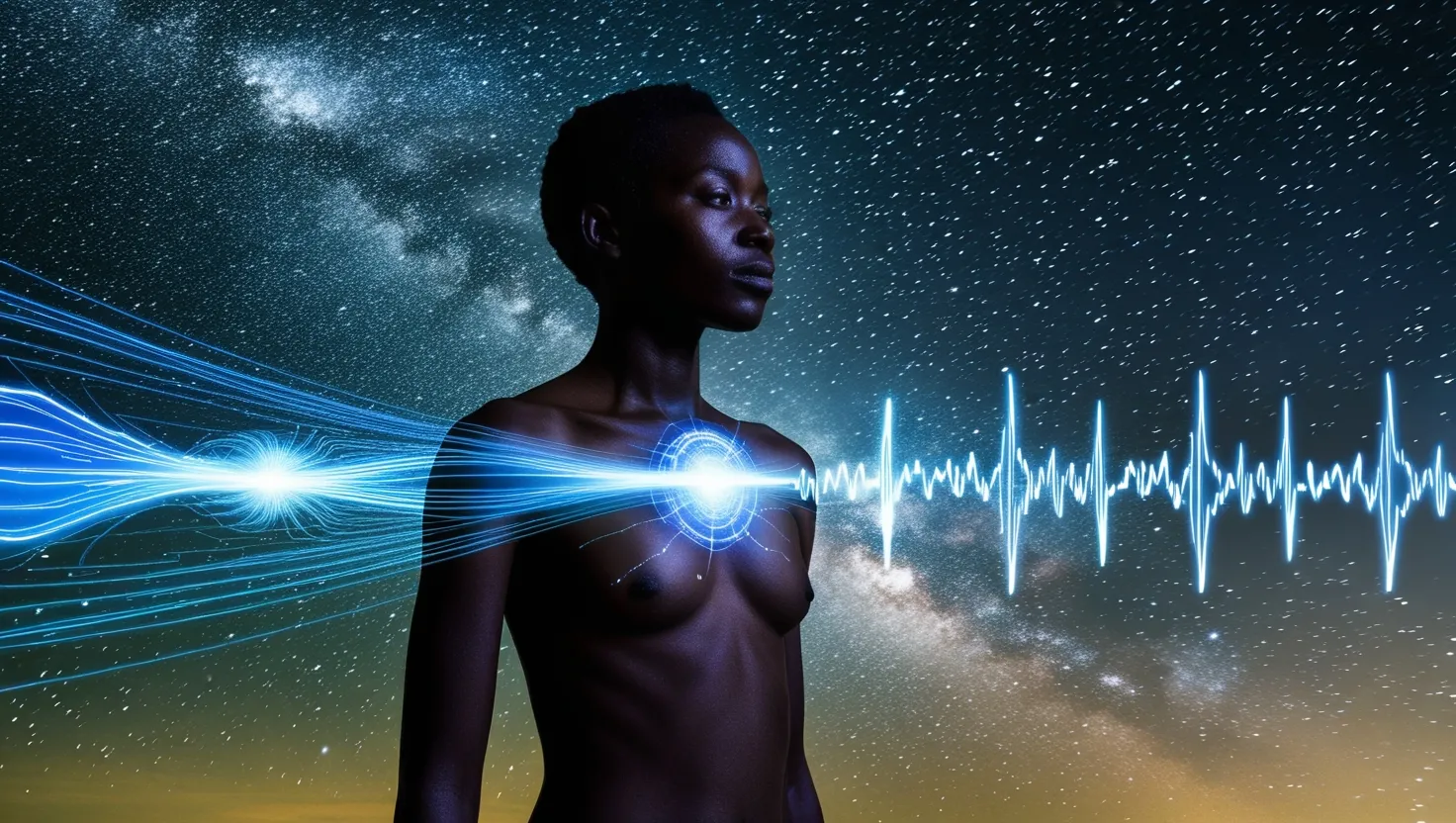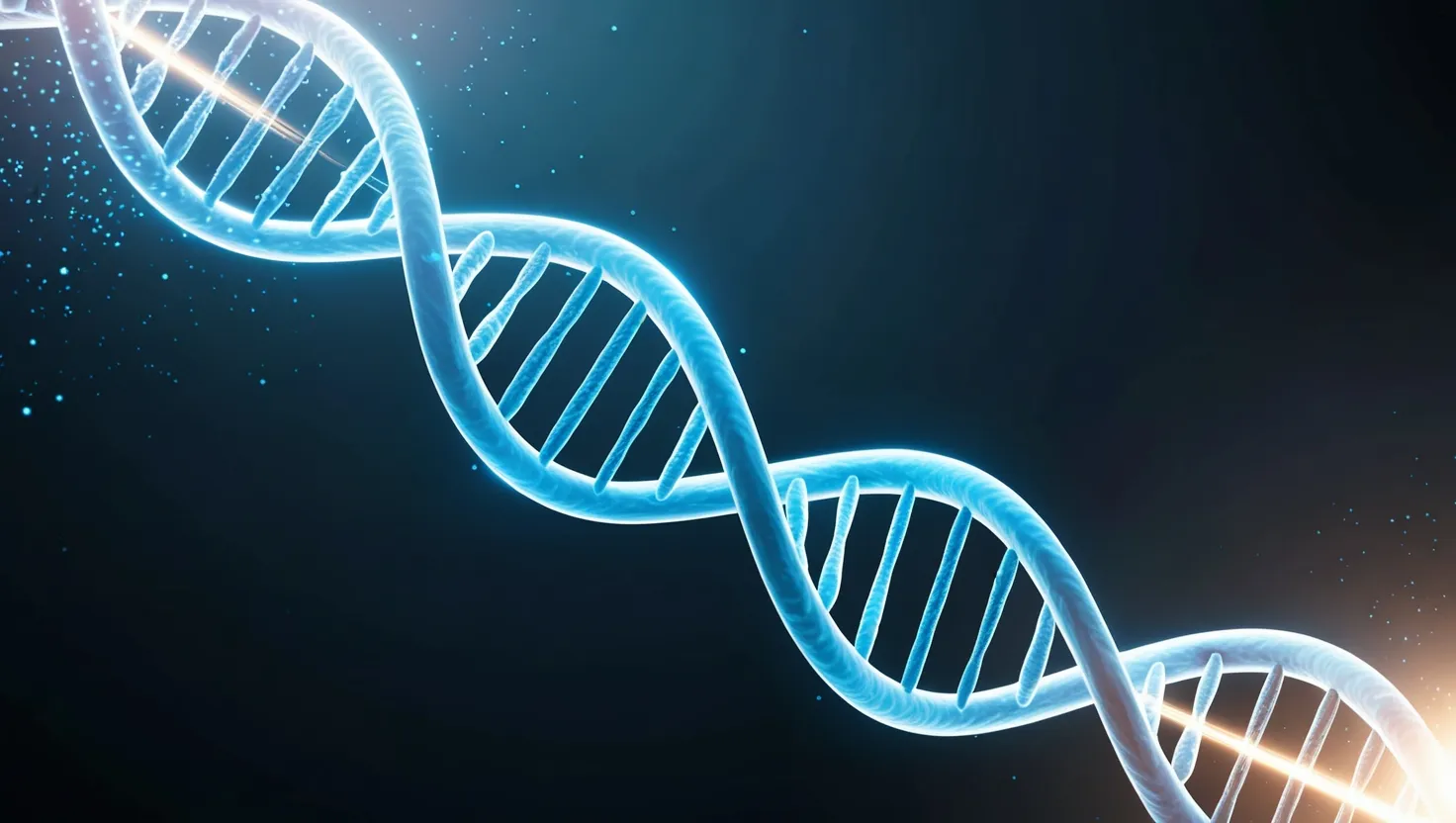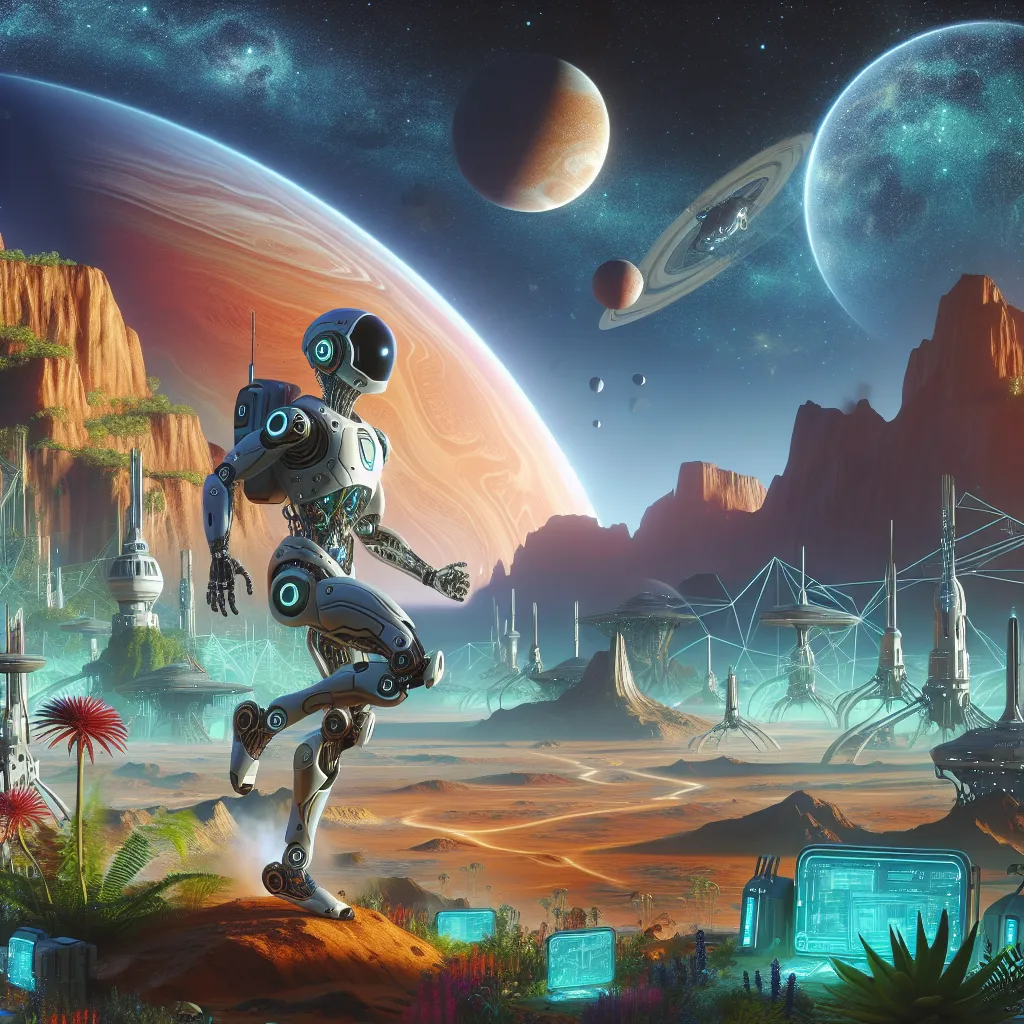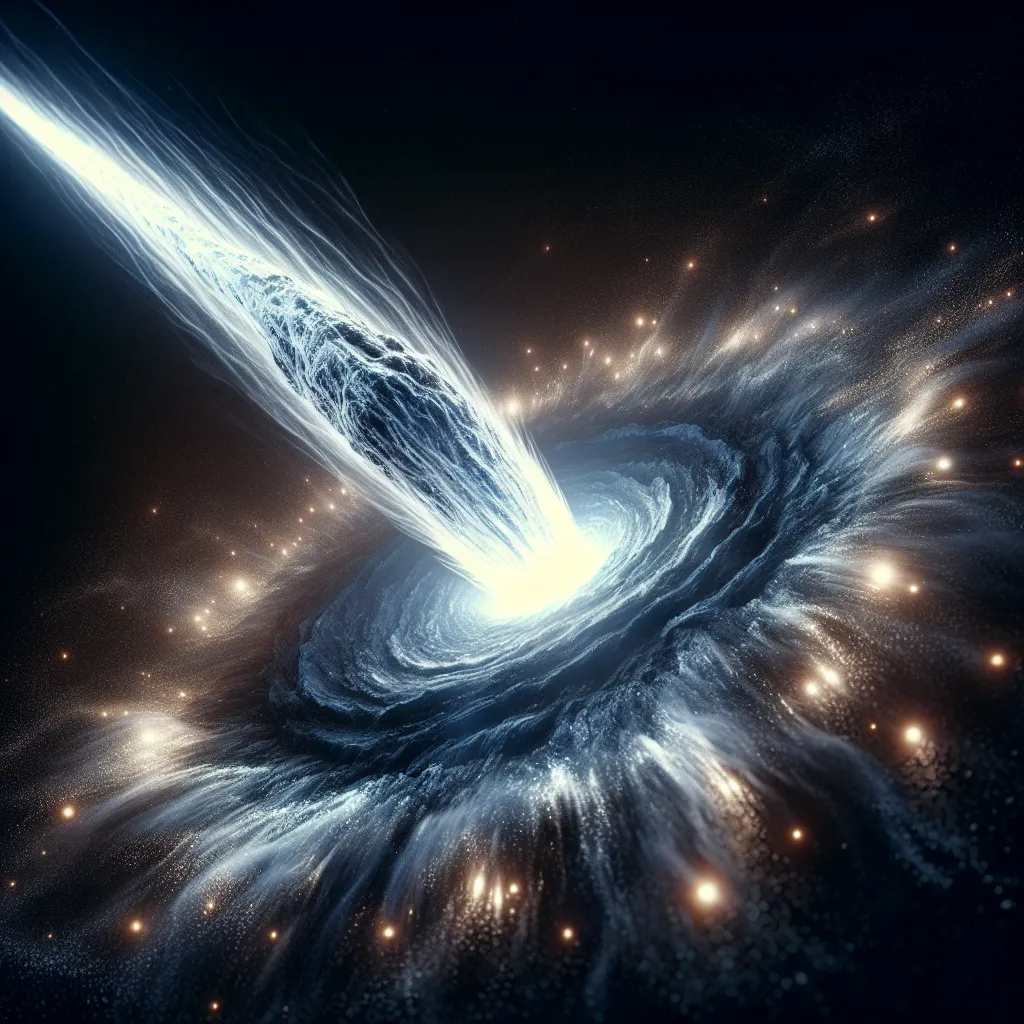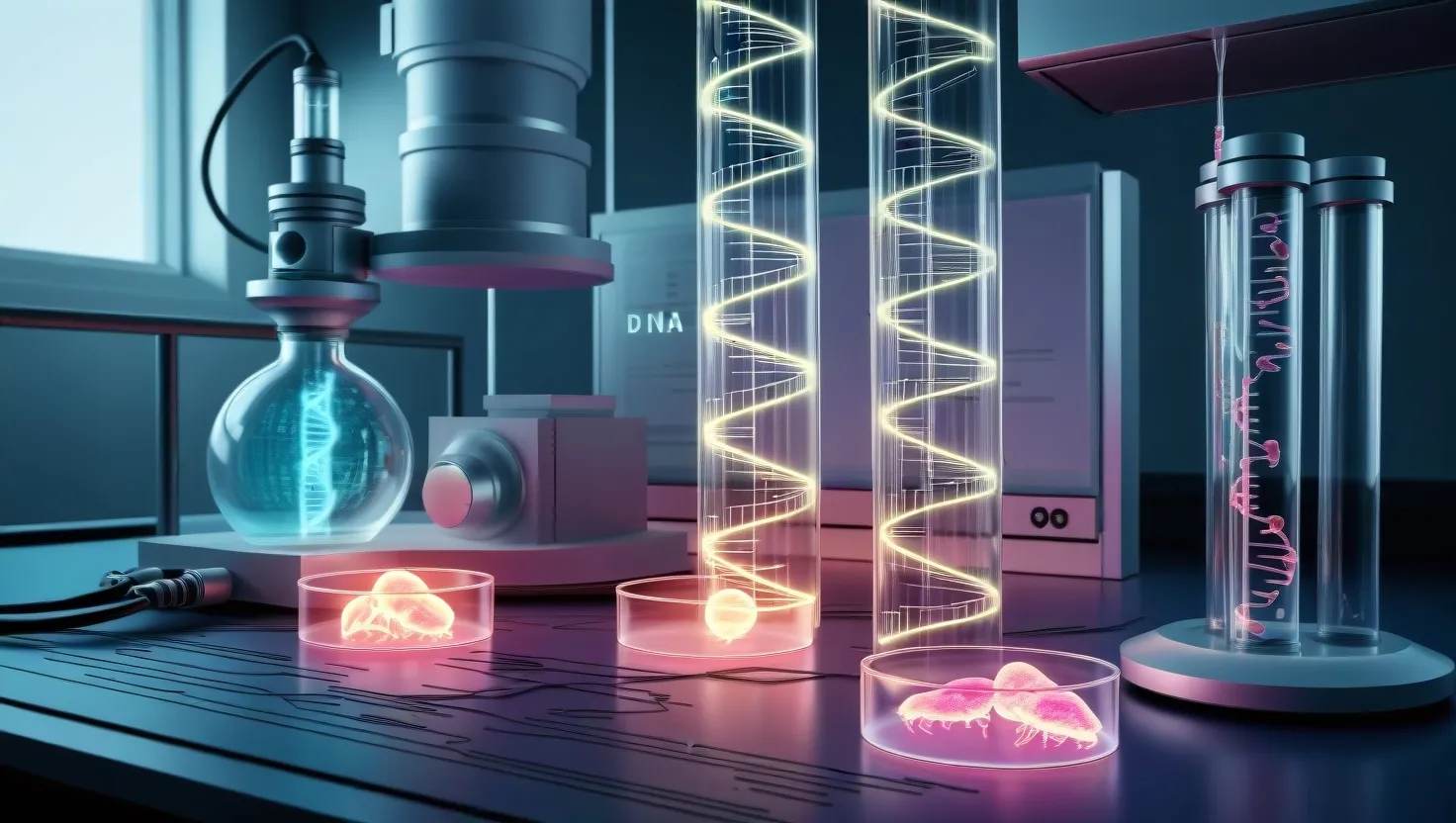Hey, I’m Nigel and welcome to ‘Nigel Goes to Space.’ Let’s dive into the fascinating world of antimatter. If you’ve watched Star Trek, you probably know antimatter as the fuel that powers the Starship Enterprise to explore the universe. But guess what? Antimatter isn’t just a sci-fi concept; it’s very real. Scientists can actually create it using particle accelerators, like the massive one at CERN in Switzerland.
When you smash particles together there, you get a burst of energy that forms both matter and antimatter. Imagine a regular atom: it has positive protons in the center with negative electrons orbiting the outside. Antimatter is like the mirror image of this. In antimatter, you get negatively-charged, heavy particles called antiprotons and positively-charged lighter particles called positrons. CERN has even managed to create anti-hydrogen atoms, where an antiproton sits at the core and a positron orbits around it.
Here’s the kicker: our universe is mostly made of ordinary matter, and that’s a big mystery for scientists. The Big Bang unleashed an enormous amount of energy, similar to but far grander than what CERN does. This event should have produced equal amounts of matter and antimatter. Yet, for every million particles of antimatter, there was one extra particle of matter. This minor imbalance led to a massive annihilation, leaving behind that tiny sliver of matter from which the entire universe was formed.
But antimatter isn’t just for theoretical discussions; it could revolutionize space travel. Think about the Saturn 5 rocket that took astronauts to the moon. Now, imagine if we used just a tiny bit of antimatter, say the size of a nut. That bit could fuel a spaceship all the way to Mars and back, thanks to its immense energy potential.
Got questions about antimatter, energy, or anything else in this vast universe? Feel free to reach out! Let’s discover the answers together.

